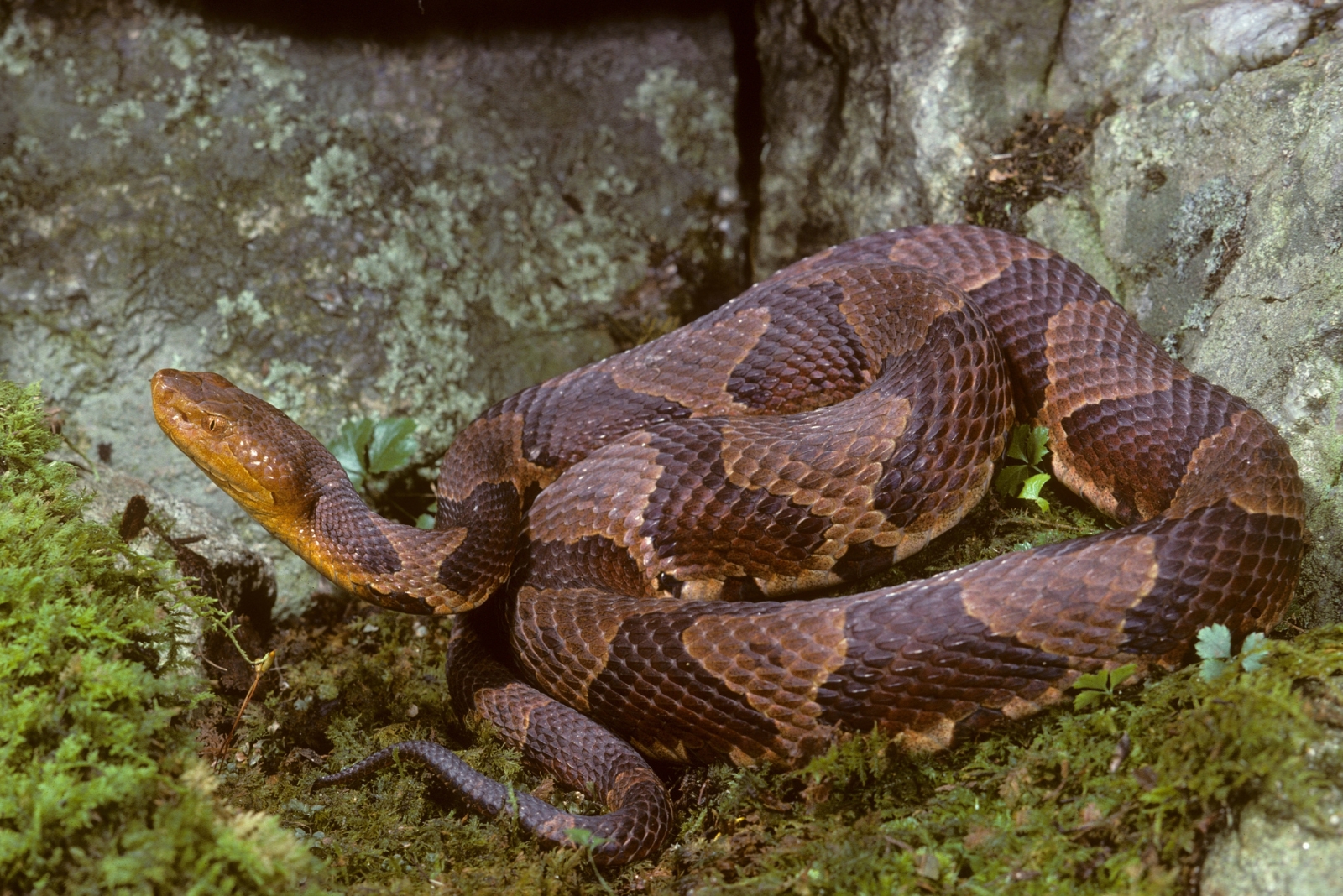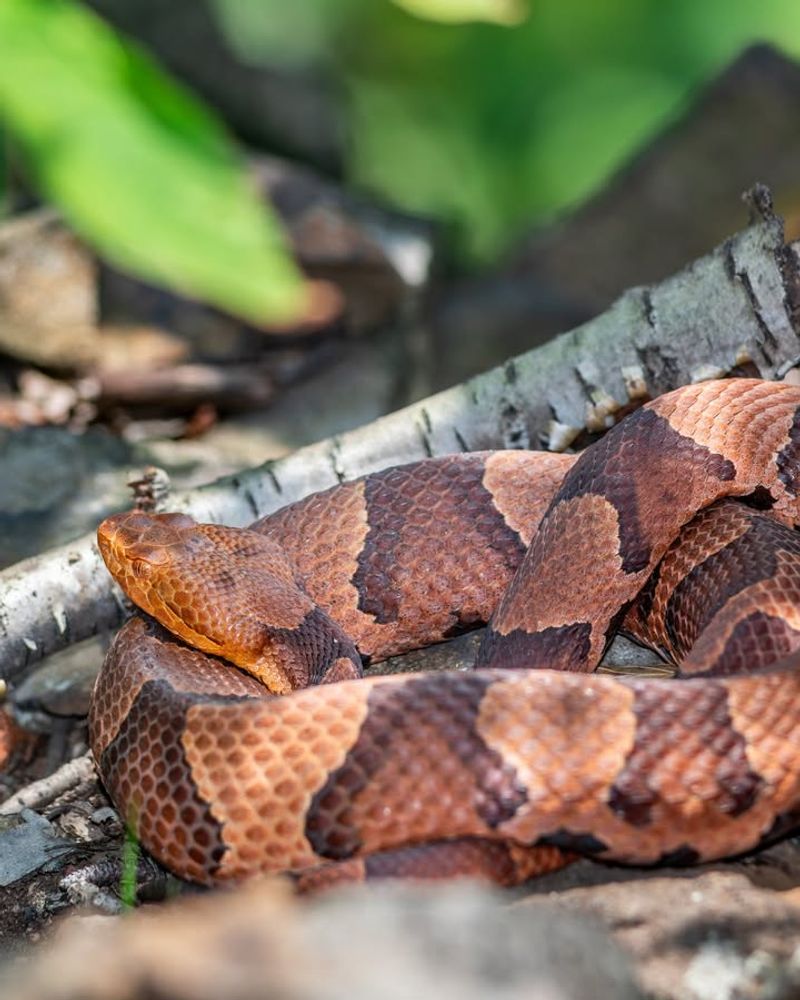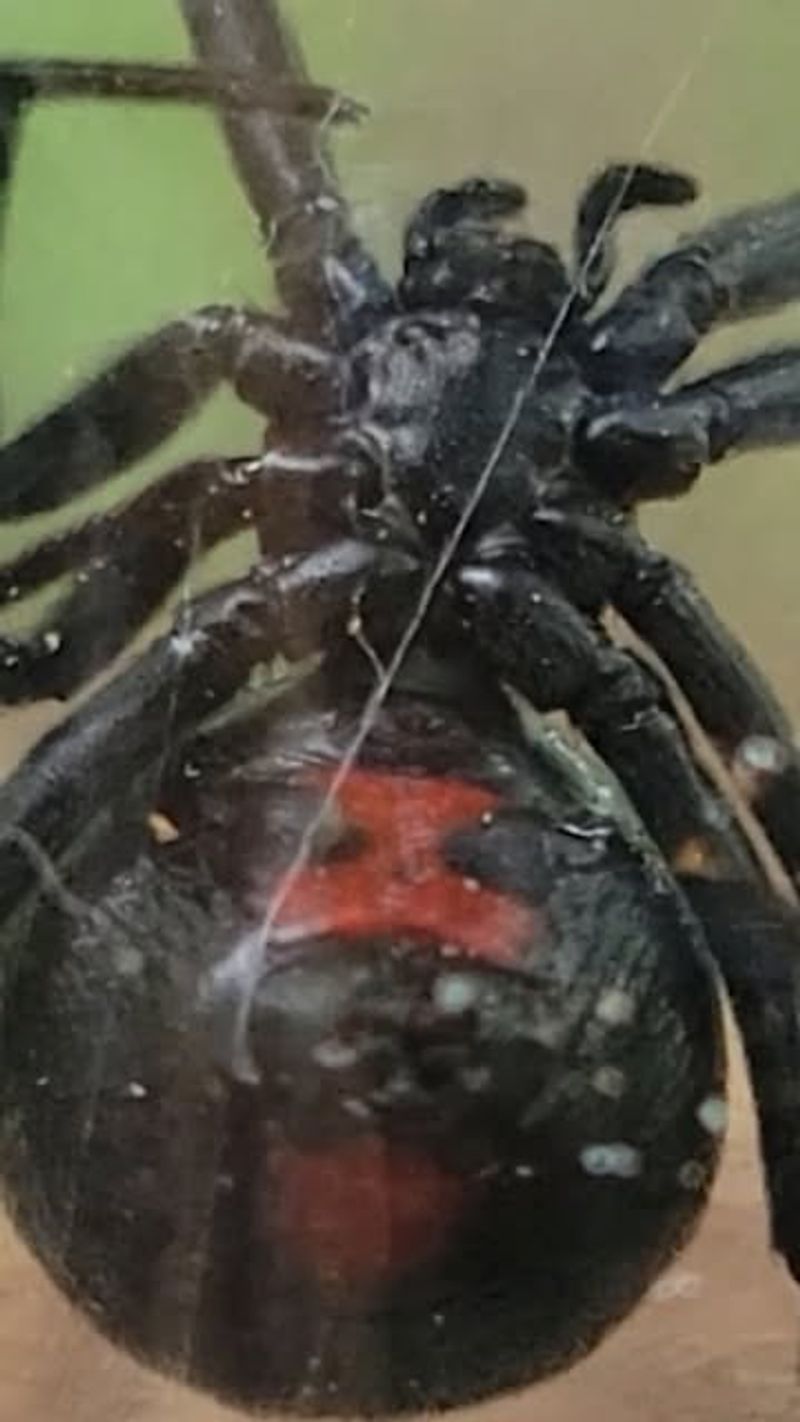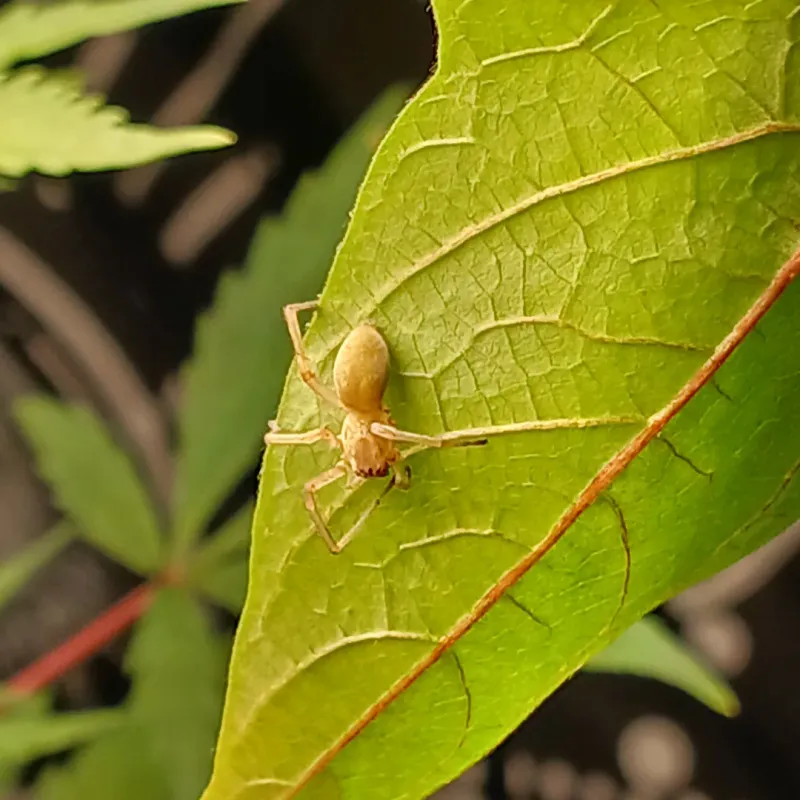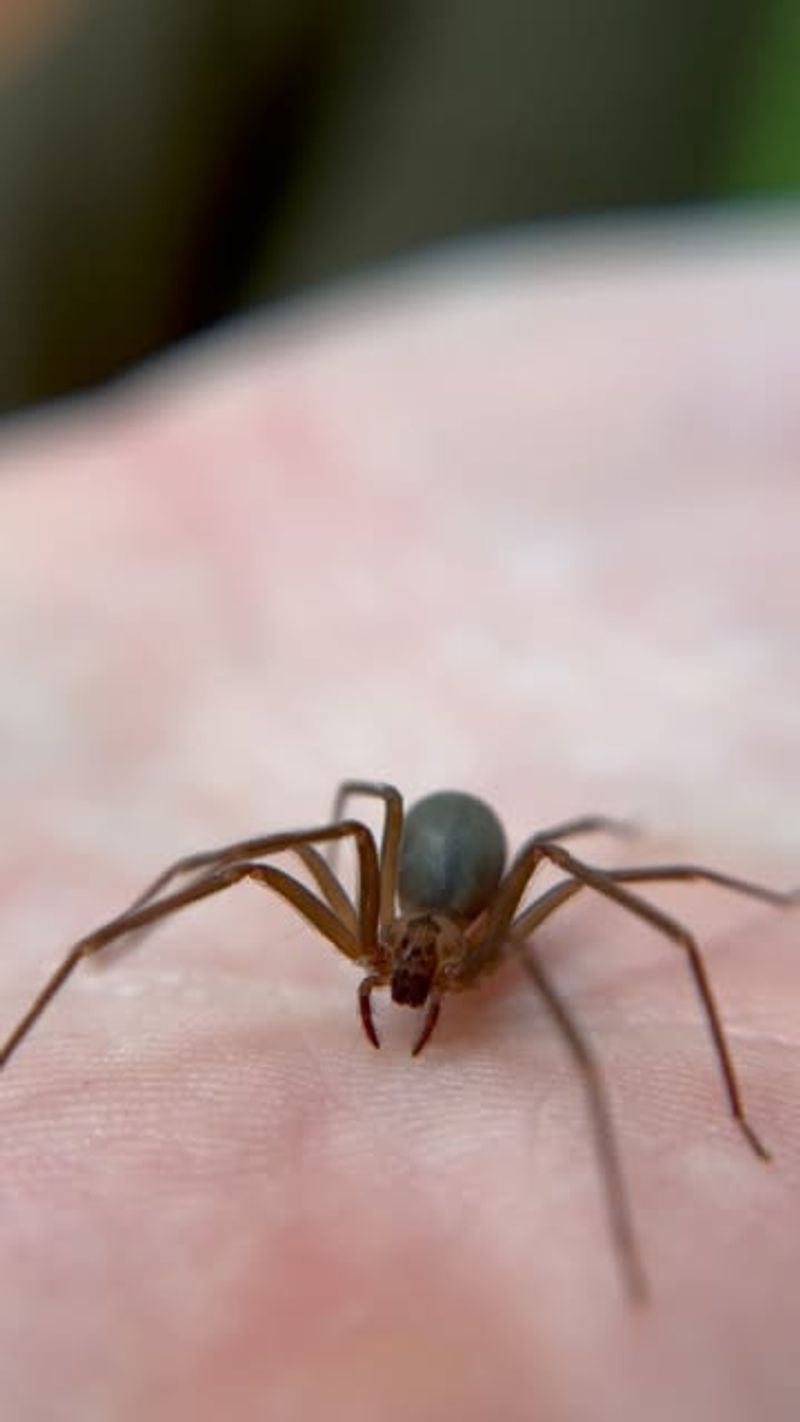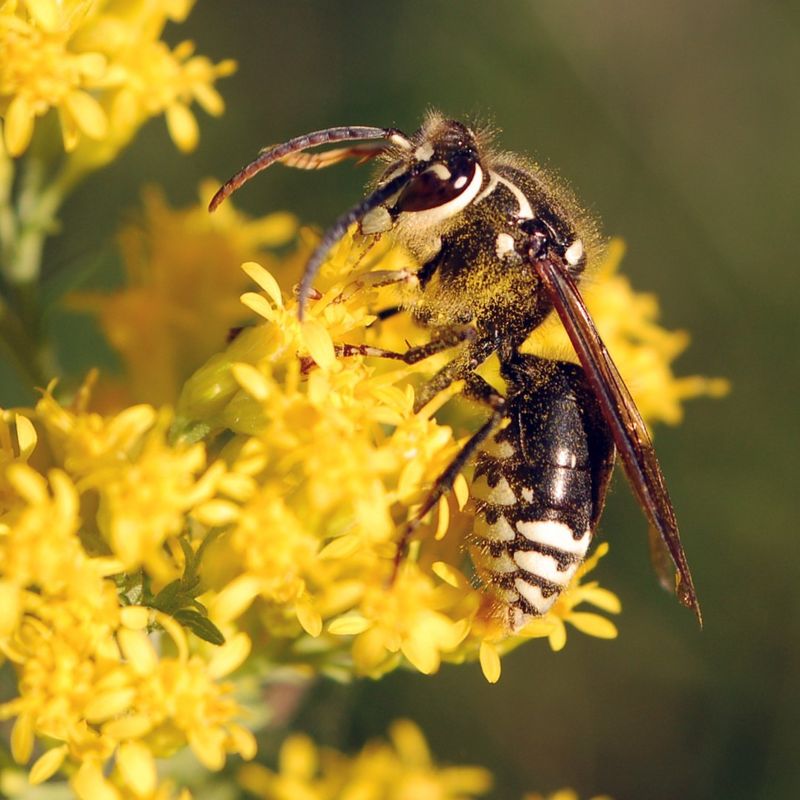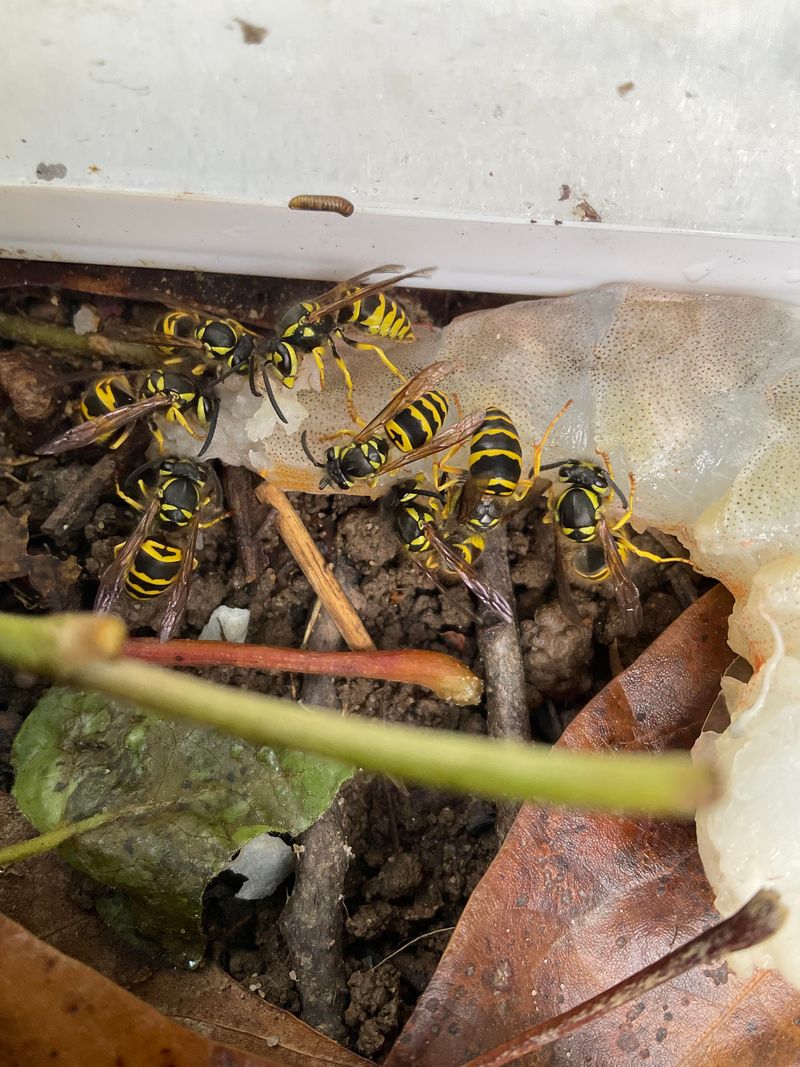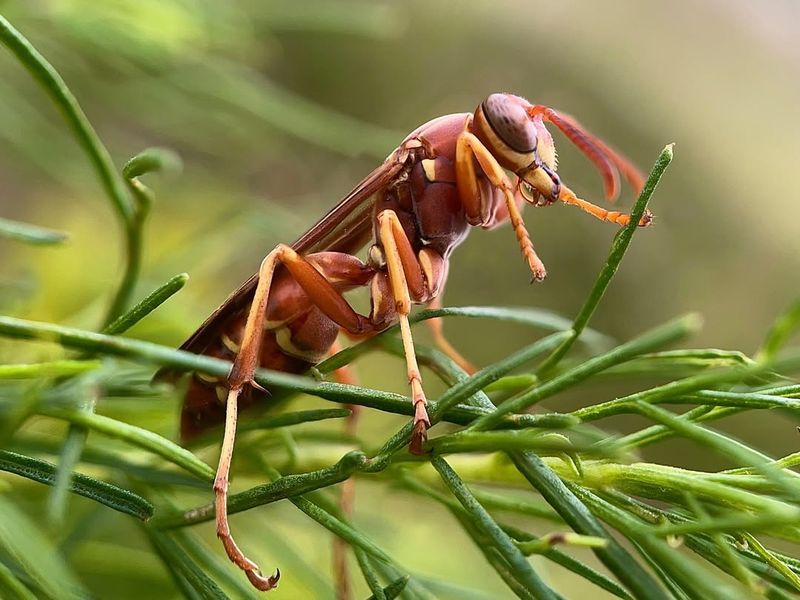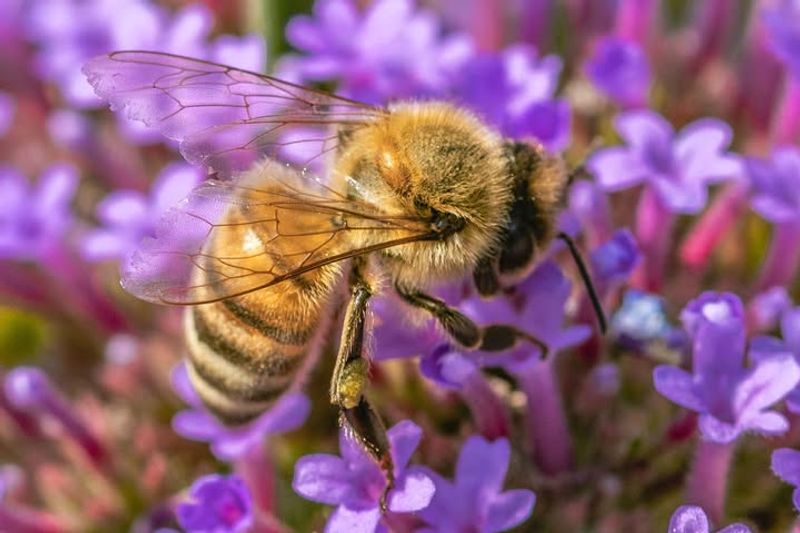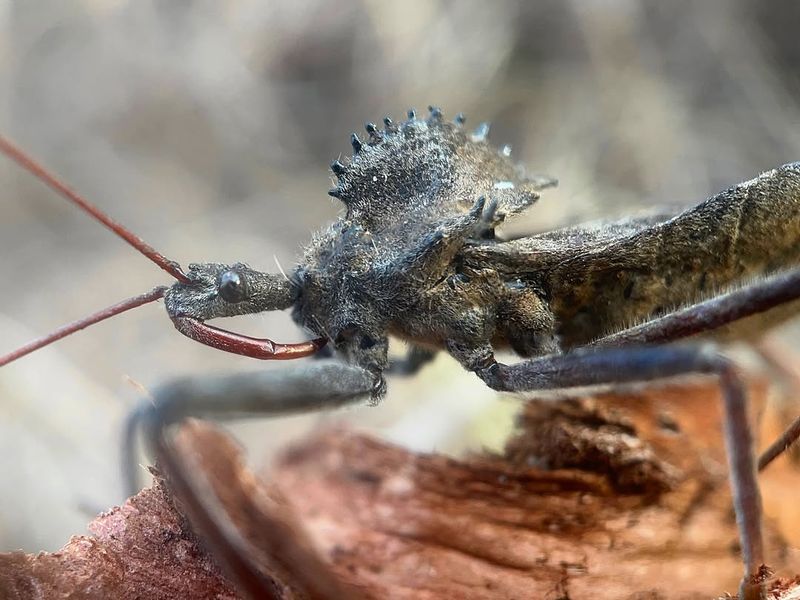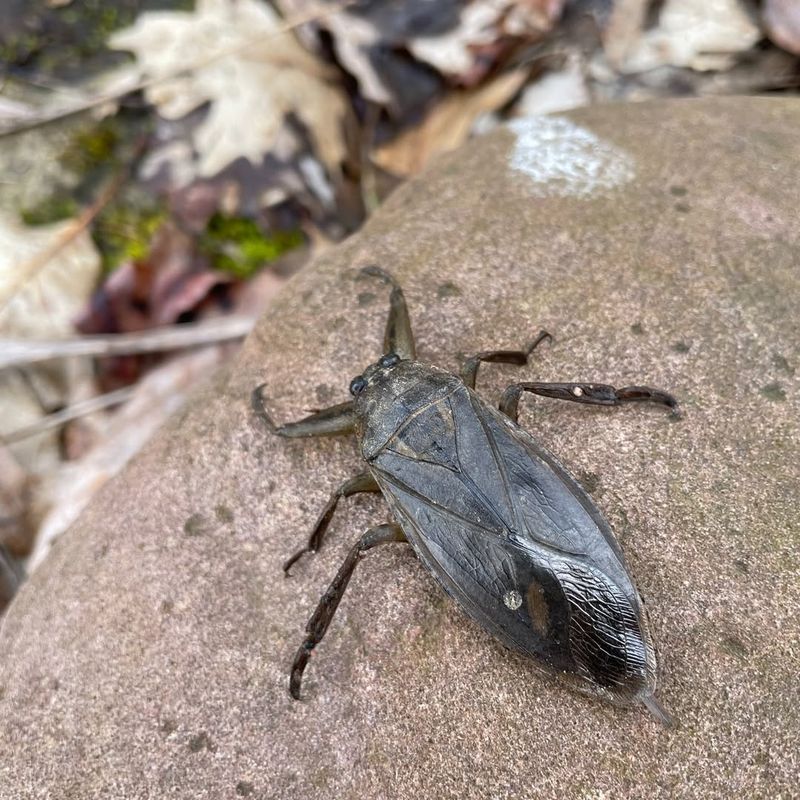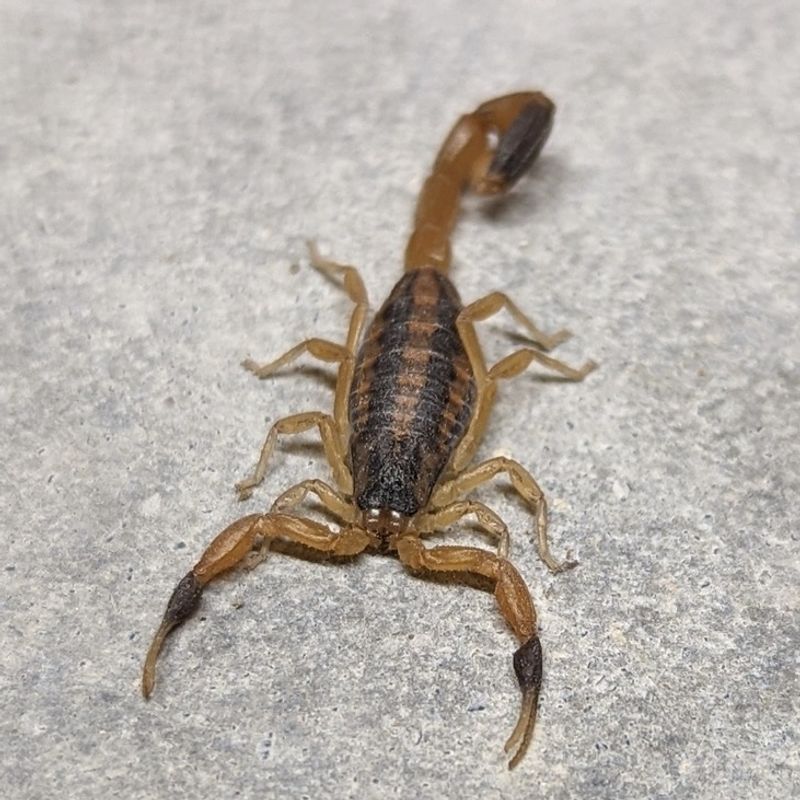Connecticut might look peaceful, but a few venomous creatures are hiding in the mix. I’ve come across a couple while gardening, and let’s just say it made me double-check every pile of leaves afterward.
Some are easy to miss until you know what to look for. Being aware of these creatures helps you stay safe while still enjoying your time outdoors.
1. Northern Copperhead
Sporting beautiful copper-colored heads and hourglass patterns, these snakes are Connecticut’s only venomous serpent species. They prefer rocky hillsides and wooded areas throughout the state, especially in the northwest region.
Most bites happen when people accidentally step on them or try to handle them. Their venom rarely causes serious harm to healthy adults, but medical attention is still necessary.
If you spot one in Connecticut, simply back away slowly and give it plenty of space to retreat safely.
2. Black Widow Spider
With a shiny black body and that famous red hourglass marking underneath, this spider sends shivers down many spines. Female black widows pack a neurotoxic punch that can cause serious muscle pain and cramping.
Connecticut residents often find them hiding in woodpiles, sheds, and dark corners of garages. Males are harmless and much smaller than females.
Wearing gloves when moving stored items around your Connecticut property helps prevent unwanted encounters with these shy arachnids.
3. Yellow Sac Spider
Pale yellow and small, these spiders often go unnoticed until they bite. They’re common indoor invaders across Connecticut homes, especially during fall when temperatures drop.
Their bites create painful, itchy welts that sometimes develop into small lesions. Many people get bitten while sleeping since these spiders hunt at night.
Shaking out clothes and bedding before use in Connecticut households can prevent most bites from these nocturnal hunters that wander instead of building webs.
4. Brown Recluse Spider
Though extremely rare in Connecticut, occasional sightings have been reported over the years. The violin-shaped mark on their back makes identification easier for concerned residents.
Their bites can cause tissue death and nasty wounds that take months to heal properly. Most Connecticut experts believe populations don’t naturally exist here, but travelers sometimes transport them accidentally.
Check boxes and items shipped from southern states before bringing them into your Connecticut home to stay extra cautious.
5. Bald-Faced Hornet
Actually a type of yellowjacket, these aggressive insects build massive paper nests in Connecticut trees and under eaves. Their white and black coloring makes them easy to identify during summer months.
Unlike honeybees, they can sting repeatedly without dying, injecting venom that causes intense pain and swelling. Disturbing their nests triggers defensive attacks from dozens of angry guards.
Professional removal is safest for Connecticut homeowners who discover these football-sized nests near their property or walkways.
6. Yellowjacket Wasp
Bright yellow and black stripes make these wasps instantly recognizable at Connecticut picnics and barbecues. They become increasingly aggressive as summer turns to fall, desperately seeking sugary foods.
Their stings inject venom that causes sharp pain, redness, and swelling in most people. Some individuals experience severe allergic reactions requiring immediate emergency care.
Covering food and drinks outdoors in Connecticut helps keep these persistent scavengers away from family gatherings and reduces sting risks significantly.
7. Paper Wasp
Building distinctive umbrella-shaped nests under Connecticut roof overhangs, these wasps have longer legs than yellowjackets. They’re generally less aggressive but will defend their nests vigorously when threatened.
Their venom causes localized pain and swelling similar to bee stings. Multiple stings can occur if you accidentally disturb a nest during yard work.
Early spring is the best time for Connecticut residents to remove small nests before colonies grow large and defensive throughout the summer months.
8. Honey Bee
Fuzzy and golden, honey bees are beneficial pollinators found throughout Connecticut gardens and wildflower meadows. They only sting when defending their hive or feeling threatened, losing their stinger and dying afterward.
Bee venom causes pain, redness, and swelling at the sting site. Allergic individuals may experience life-threatening reactions requiring epinephrine injections.
Connecticut beekeepers recommend staying calm around bees and avoiding swatting, which triggers defensive behavior and increases your chances of getting stung unnecessarily.
9. Wheel Bug
Sporting a bizarre cogwheel crest on their backs, these beneficial insects prey on garden pests across Connecticut. They’re actually helpful to have around, but their defensive bite packs a memorable punch.
Their piercing mouthparts inject digestive enzymes that cause intense, burning pain lasting for hours. Swelling and numbness often accompany bites from these prehistoric-looking bugs.
Admire them from a distance in your Connecticut garden, and never handle them, even though they help control harmful insect populations naturally.
10. Giant Water Bug
Nicknamed toe-biters, these massive aquatic insects lurk in Connecticut ponds, lakes, and slow-moving streams. Growing up to four inches long, they’re among the largest true bugs in North America.
Their powerful bite injects digestive enzymes that feel like a bee sting but can cause more prolonged pain. They grab prey with strong front legs and rarely bite humans unless handled.
Wearing water shoes while wading in Connecticut freshwater areas provides protection from these ambush predators hiding among aquatic vegetation and muddy bottoms.
11. Striped Bark Scorpion
Extremely rare in Connecticut, these small scorpions occasionally arrive hidden in shipments from warmer climates. Their pale bodies with dark stripes glow under ultraviolet light at night.
Stings produce localized pain and swelling similar to wasp stings but aren’t considered medically significant for healthy adults. Most Connecticut residents will never encounter one during their entire lifetime.
Checking shoes and clothing before dressing remains a good habit if you’ve recently received packages or moved items from southern states into Connecticut.

